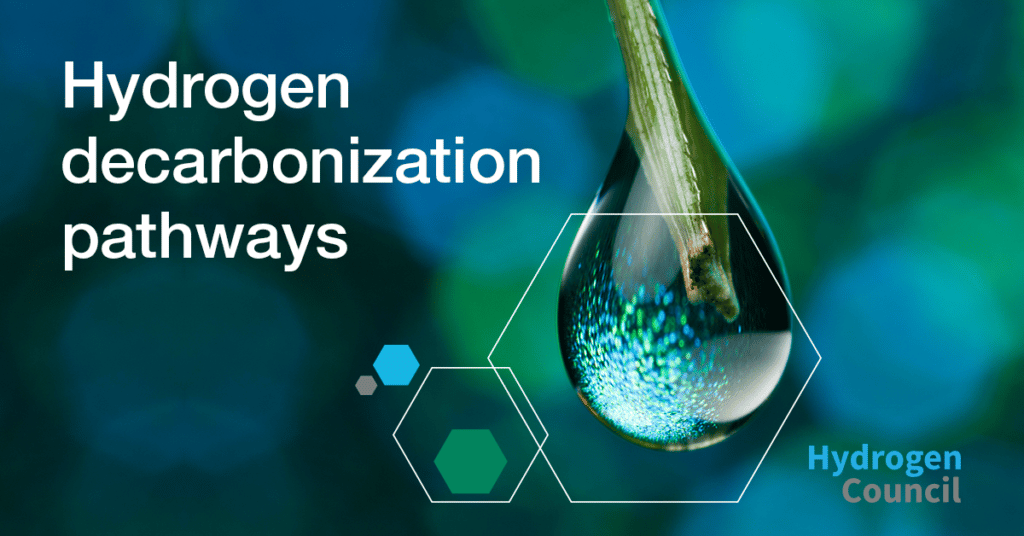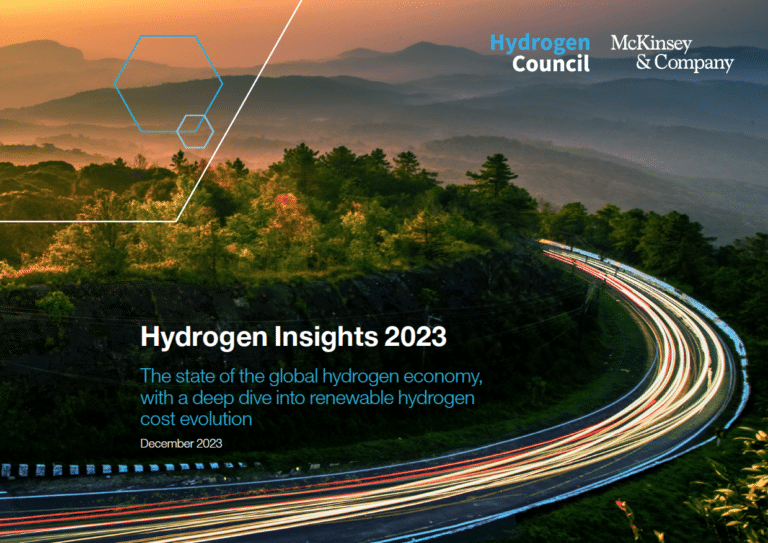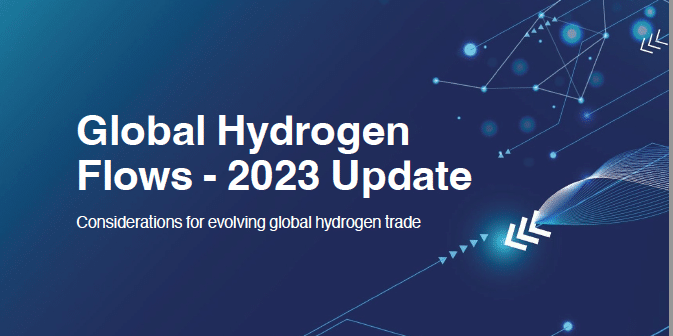As the hydrogen momentum accelerates, it is increasingly clear that decision makers must put the focus on decarbonization to ensure hydrogen can fulfil its potential as a key solution in the global clean energy transition, making a significant contribution to net zero emissions.
To support this effort, the Hydrogen Council report, ‘Hydrogen Decarbonization Pathways’, provides new data based on an assessment of the greenhouse gas (GHG) emissions generated through different hydrogen supply pathways and the lifecycle GHG emissions for different hydrogen applications (see below Part 1 – A Life-cycle Assessment). In addition, the report explores 3 hypothetical hydrogen supply scenarios to measure the feasibility and impact of deploying renewable and low-carbon hydrogen at scale (see below Part 2 – Potential Supply Scenarios).
The report shows that low-carbon hydrogen supply at scale is economically and environmentally feasible and will have significant societal benefits if the right localised approach and best-practices for production are used. The report also demonstrates that there is not one single hydrogen production pathway to achieve low lifecycle greenhouse gas (GHG) emissions, but rather the need for a fact-based approach that leverages regional resources and includes a combination of different production pathways. This will achieve both emission and cost reductions, ultimately helping to decarbonise the energy system and limit global warming.
Part 1 – A Life-cycle Assessment
- The life-cycle assessment (LCA) analysis in this study addresses every aspect of the supply chain, from primary energy extraction to end use. Eight primary-energy-to-hydrogen value chains have been selected for illustrative purposes.
- Across the hydrogen pathways and applications depicted, very high to high GHG emission reduction can be demonstrated using green (solar, wind) and blue hydrogen.
- In the LCA study, renewables + electrolysis shows strongest GHG reduction of the different hydrogen supply pathways assessed in this study, with a best-case blue hydrogen pathway also coming into the same order of magnitude.
Part 2 – Potential Supply Scenarios
- Currently, the vast majority of hydrogen is produced by fossil pathways. To achieve a ten-fold build-out of hydrogen supply by 2050, as envisaged by the Hydrogen Council in its ‘Scaling Up’ report (2017), the existing use of hydrogen – and all its many potential new roles – need to be met by decarbonized sources.
- Three hypothetical supply scenarios with decarbonized hydrogen sources are considered in the study: 1) a “green-only”, renewables-based world; 2) a “blue-only” world relying on carbon sequestration; and 3) a combined scenario that uses a region-specific combination of green and blue hydrogen based on the expected regional cost development of each source.
- The study finds that a decarbonized hydrogen supply is possible regardless of the production pathway: while both the green and blue boundary scenario would be highly ambitious regarding the required speed of scale-up, they do not exceed the world’s resources on either renewable energy or carbon sequestration capabilities.
- A combination of production pathways would result in the least-cost global supply over the entire period of scale-up. It does so by making best use of the near-term cost advantage of “blue” in some regions while simultaneously achieving a scale-up in electrolysis.
- In reality, the decarbonized supply scenario will combine a range of different renewable and low-carbon hydrogen production pathways that are optimally suited to local conditions, political and societal preferences and regulations, as well as industrial and cost developments for different technologies.
View and download the ‘Hydrogen Decarbonisation Pathways’ study here:
Read the press release




